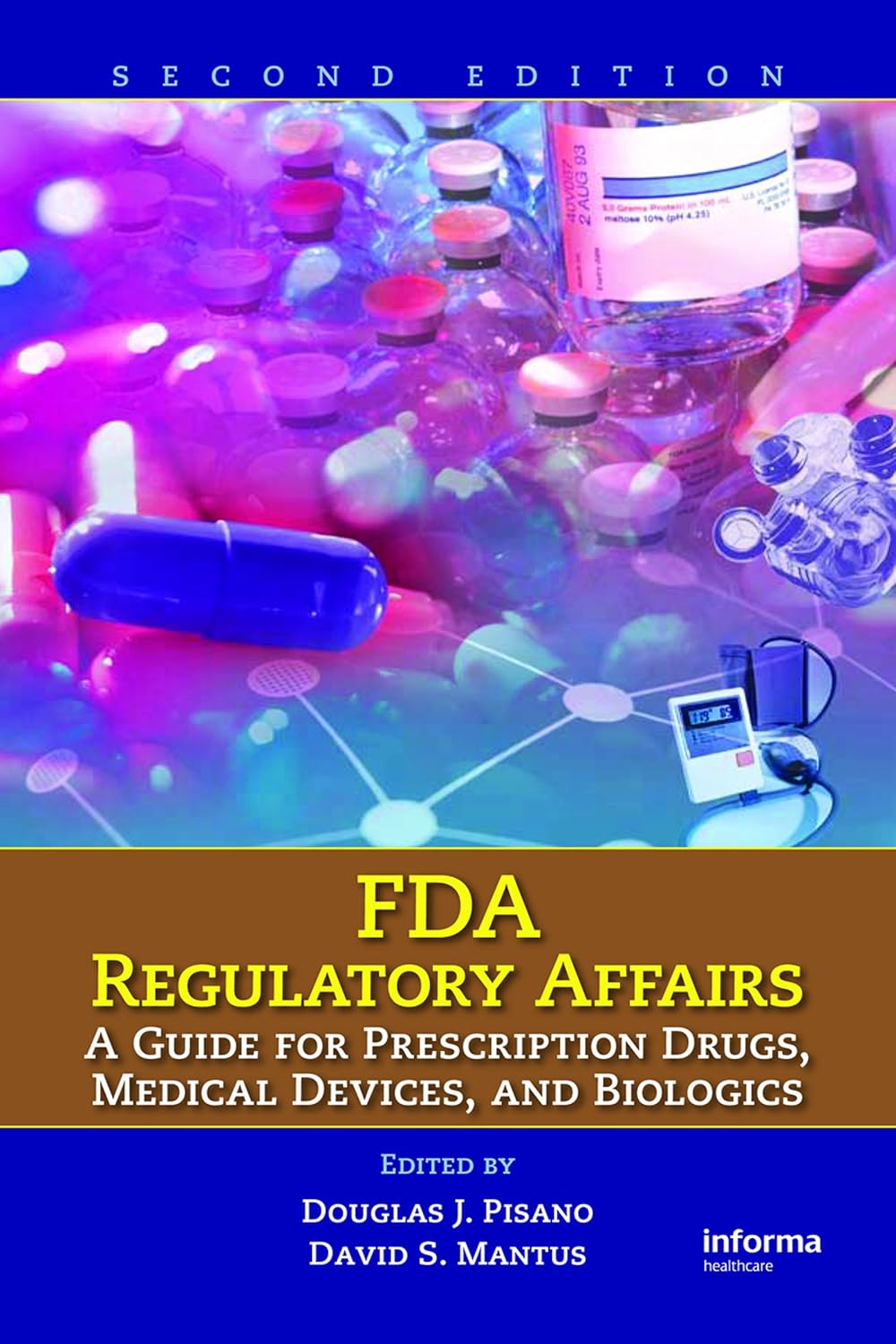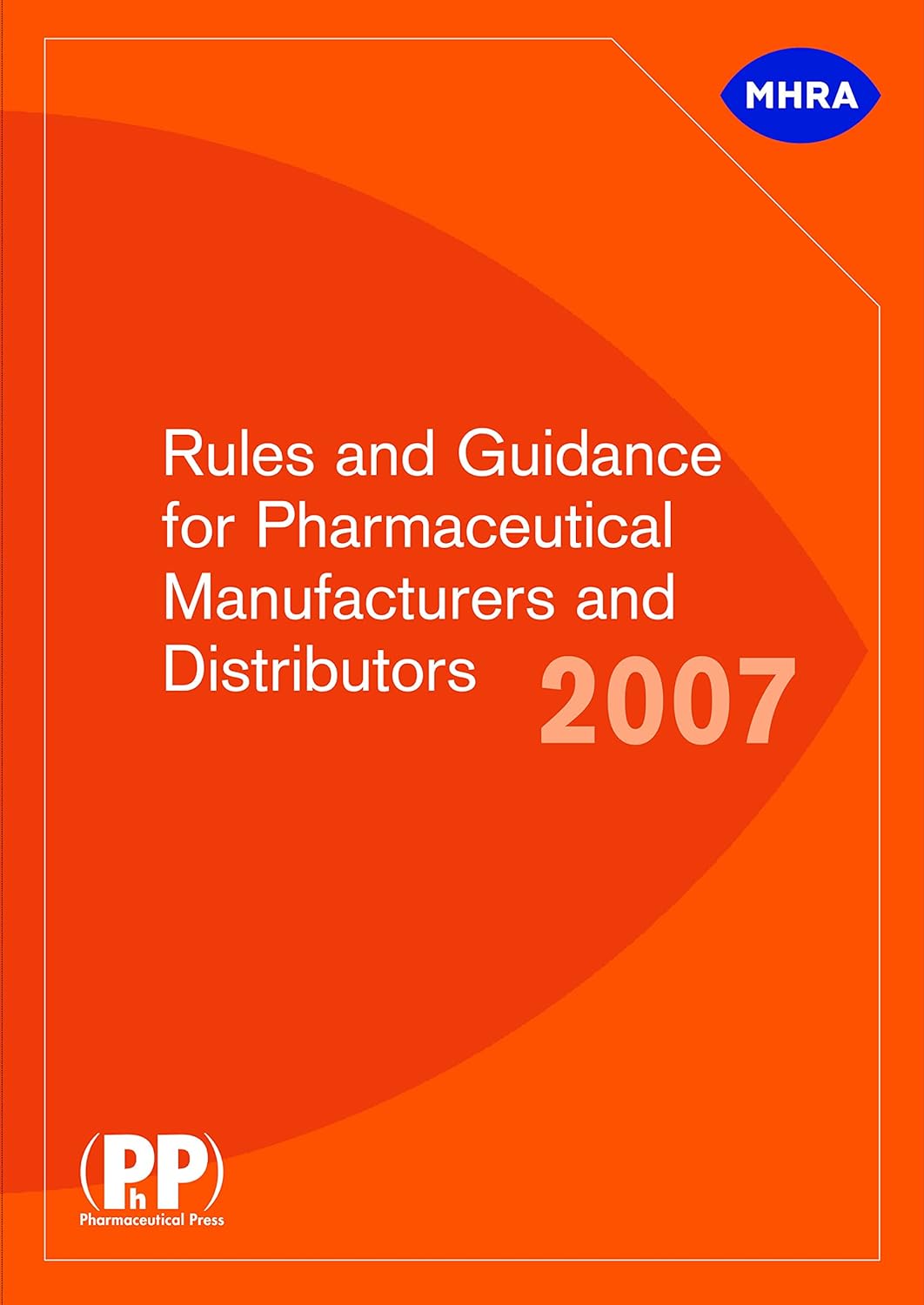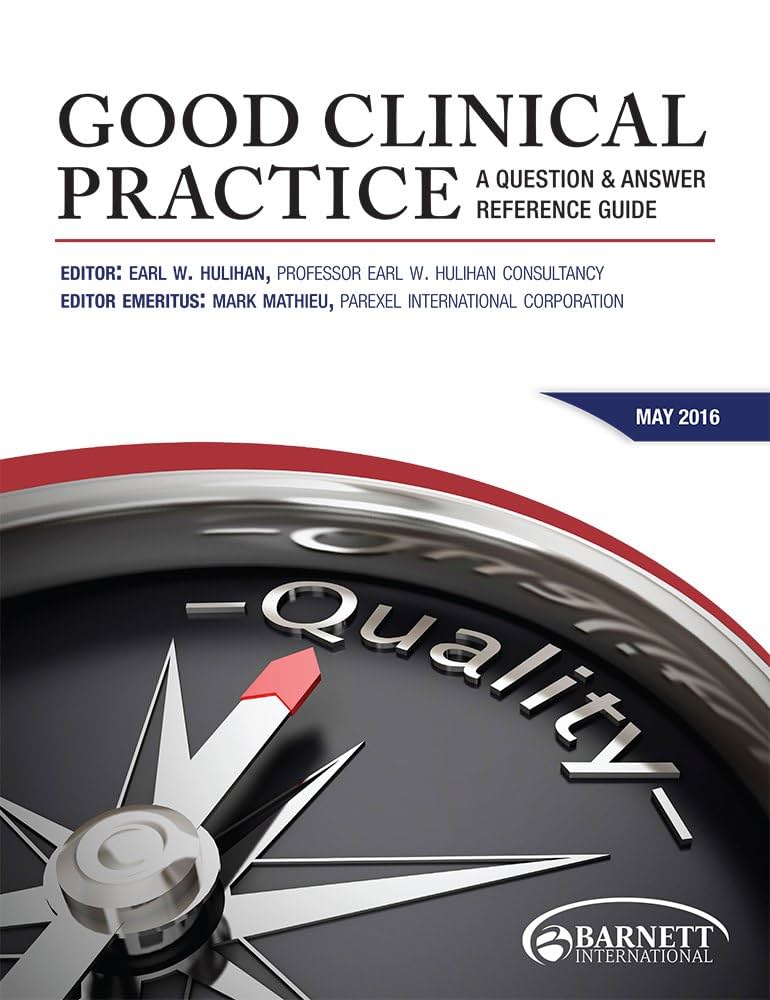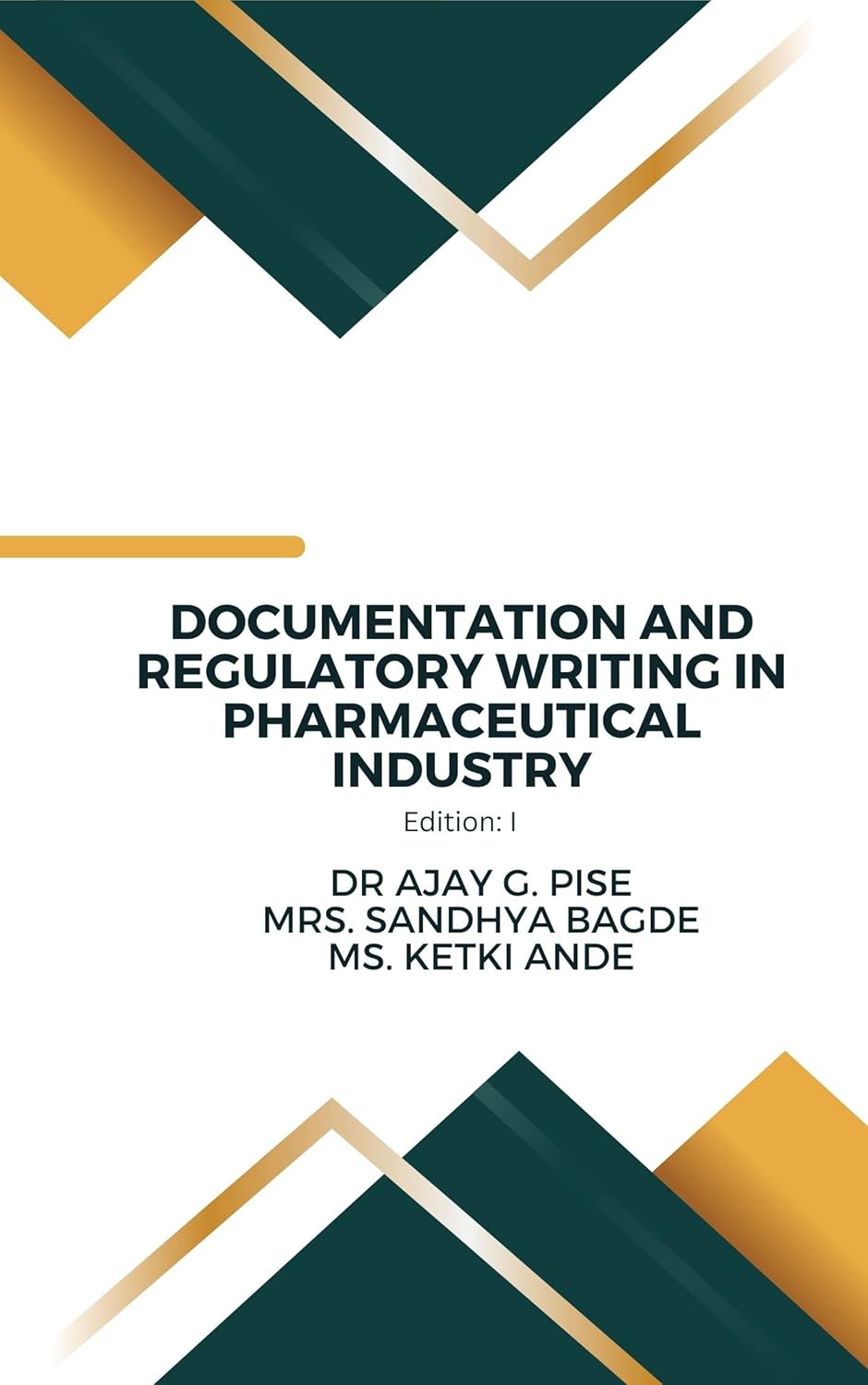Regulatory Starter Pack: Books You’ll Actually Use
Getting into regulatory can feel like alphabet soup and moving deadlines. This starter pack keeps it human: practical books RA folks truly open when questions hit, written by people who’ve sat in the meetings and shipped the filings.
Fundamentals of EU Regulatory Affairs (RAPS)
This book has the feel of a real reference guide that people in the field actually use, not something written to tick academic boxes. What makes it stand out is the way it untangles the different European procedures — centralised, decentralised, mutual recognition, national — and shows how they operate side by side. Instead of reading a dozen EMA documents and trying to piece the puzzle together, here it’s laid out clearly, with context that makes sense.
Because it’s produced by RAPS, it carries a weight that single-author works rarely do. It’s a collaborative effort, and you can tell it comes from professionals who spend their careers dealing with submissions, variations, and post-authorisation requirements across the EU. That collective voice makes the book both authoritative and practical.
It’s not a flashy read, but that’s exactly the point — it’s dependable. If your work touches Europe, whether you’re based there or just trying to understand how EMA and the national agencies divide responsibilities, this is the volume you’ll end up keeping within arm’s reach.
See on Amazon
Regulatory Starter Pack
FDA Regulatory Affairs: A Guide for Prescription Drugs, Medical Devices, and Biologics
What I really like is that it doesn’t read like a law textbook. It feels more like sitting with someone who’s been through dozens of FDA meetings and is now letting you in on the tricks: what the agency expects, where most people stumble, what happens after approval when the “real” work of monitoring begins. You can tell the authors have lived this world — Douglas J. Pisano in particular is well known in regulatory circles, and that experience comes through in every chapter.
The book walks you through the entire FDA lifecycle: from the first steps of submitting an IND to navigating NDAs, ANDAs, and BLAs, right through to labeling changes and post-market surveillance. It covers not just drugs but devices and biologics too, which makes it rare — usually books stick to one lane. The tone is practical and reassuring; even when the subject is dense, it feels like the authors are pulling back the curtain rather than piling on jargon.
In short, it’s a solid starting point for anyone who wants to “speak FDA.” Whether you’re new to regulatory affairs or just need a clear, updated guide on the U.S. system, this is one of those books you’ll keep reaching for.
See on Amazon
Regulatory Starter Pack
Rules and Guidance for Pharmaceutical Manufacturers and Distributors (MHRA Orange Guide)
This book is legendary in pharma circles — everyone just calls it the “Orange Guide.” It’s basically the UK’s bible for GMP and GDP, but because it aligns so closely with EU standards, it works as a shortcut reference far beyond Britain. The latest edition is over 1,200 pages, so it’s not something you curl up with, but it’s the kind of book you keep open on your desk when you need to check a clause or see how regulators phrase a requirement.
What makes it engaging is the mix: you don’t just get the raw regulations, you also get MHRA’s guidance notes and interpretation. That commentary is gold, because it bridges the gap between the official rule and how inspectors actually see it in practice. The GMP annexes are always the most challenging part, but also the most valuable — they’re where the technical detail really hits.
If you’re in regulatory affairs but constantly brushing shoulders with QA, this is the book that keeps both sides speaking the same language. It’s not glamorous, but it’s indispensable.
See on Amazon
Regulatory Starter Pack
Good Clinical Practice: A Question & Answer Reference Guide (Barnett International)
What makes this book so useful is the way it skips the endless theory and goes straight into real-world problems. Instead of long chapters, it’s all built around Q&A: “Can a monitor do this?”, “What happens if informed consent isn’t signed correctly?”, “Who’s responsible for archiving records?” Each answer is short, clear, and tied to actual GCP requirements.
It’s now in its 6th edition, which tells you how often it gets updated to keep pace with changes in ICH and FDA/EMA expectations. The case-based format is what makes it engaging — you read a scenario, and then you see exactly how it’s supposed to be handled. Some of the trickier parts, like dealing with protocol deviations or investigator responsibilities, are explained in a way that feels like advice from a seasoned colleague rather than a dry regulation.
It’s not the kind of book you study cover to cover, but the one you grab when a question pops up and you need a reliable answer fast. In the middle of a trial, that’s priceless.
See on Amazon
Regulatory Starter Pack
Guidebook for Drug Regulatory Submissions
This book feels like having a mentor sit next to you while you prepare your first dossier. Sandy Weinberg doesn’t just explain what an IND or NDA is — he actually lays out the process step by step, from the first draft of your submission all the way to handling questions from the agency. It’s written in a very straightforward, almost conversational way, so even the heavy parts like Module 3 or CMC data feel manageable.
What stands out is how practical it is. There are checklists, timelines, and real examples that make the whole submission process much less intimidating. Weinberg himself is a veteran in regulatory and compliance, and you can sense that he’s seen every mistake possible — his advice often sounds like it comes from someone who’s cleaned up messy submissions more than once.
It’s not a glossy overview, it’s more of a “how to get it done right” manual. If you’ve ever felt overwhelmed by the idea of assembling an eCTD or navigating FDA back-and-forth, this guide really helps to anchor the process in your head.
See on Amazon
Regulatory Starter Pack
Documentation and Regulatory Writing in the Pharmaceutical Industry
This book is like a survival kit for anyone who has to actually write in regulatory affairs. It doesn’t just list what belongs in a dossier — it shows how to structure documents, how to keep the style clear, and how to make sure what you write actually matches FDA, EMA, and ICH expectations. For regulatory writing, that’s half the battle: clarity and compliance at the same time.
What makes it enjoyable is that it mixes technical detail with very practical advice. Chapters cover everything from preparing clinical study reports to writing patient information leaflets, and there’s a lot about style — how to avoid the kind of dense, unreadable text that regulators hate. You can tell the contributors know the pain of staring at a blank page and thinking “where do I even start?”
It’s often called the go-to “first book” for regulatory writing because it balances guidance with real-world examples. You don’t just learn rules, you see how they play out on the page. If regulatory writing feels like a black box, this one opens it up.
See on Amazon
Regulatory Starter Pack





